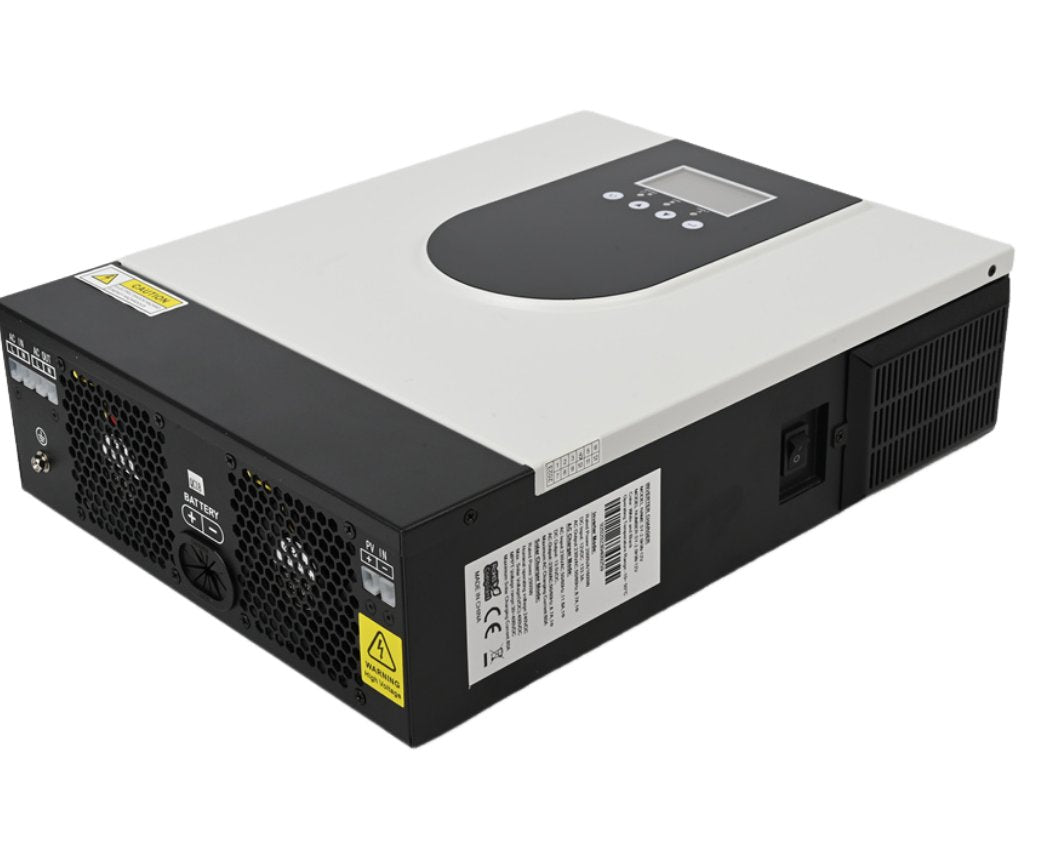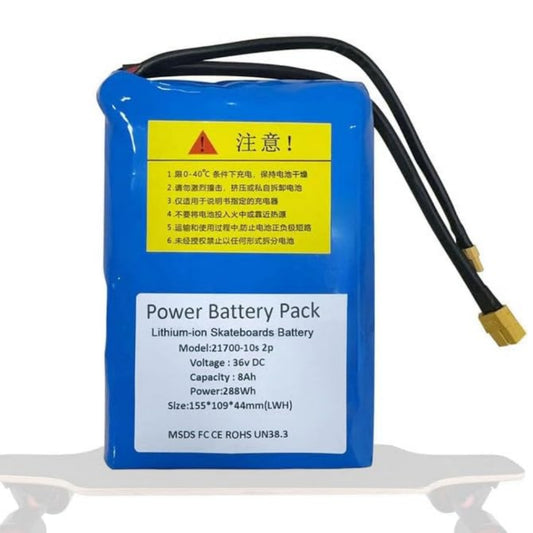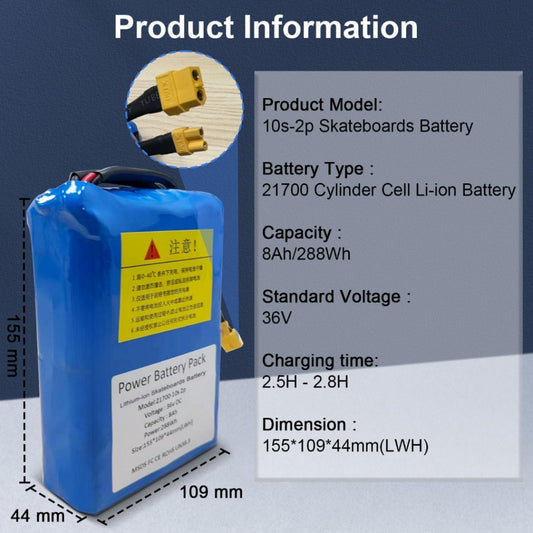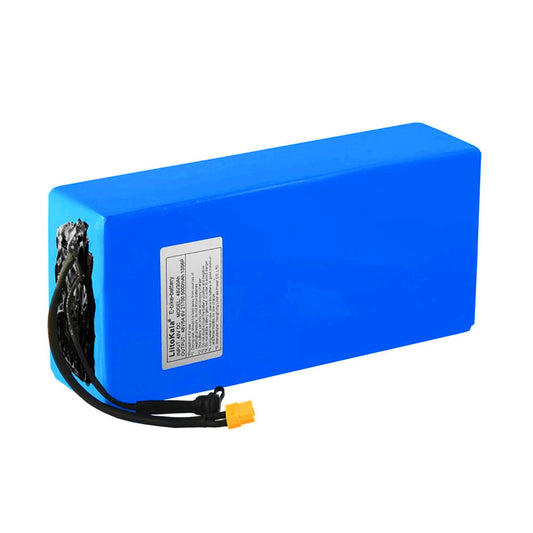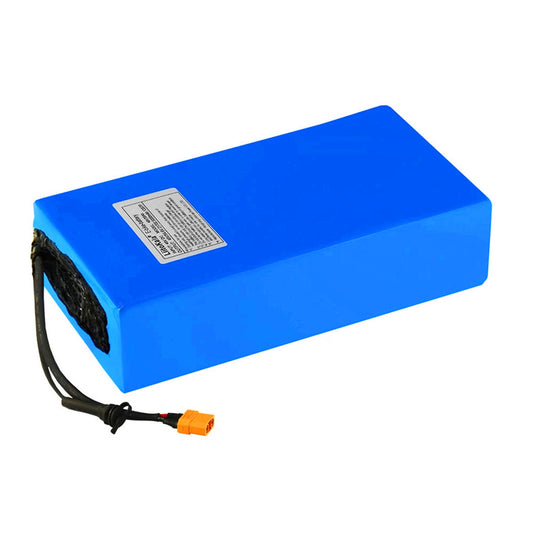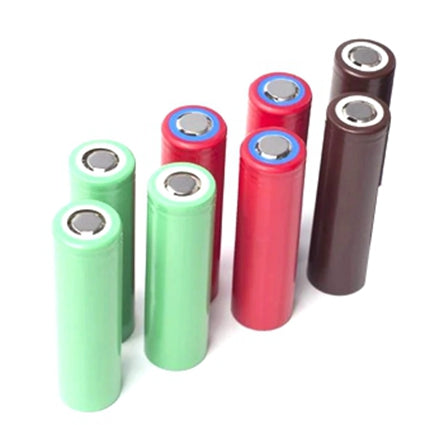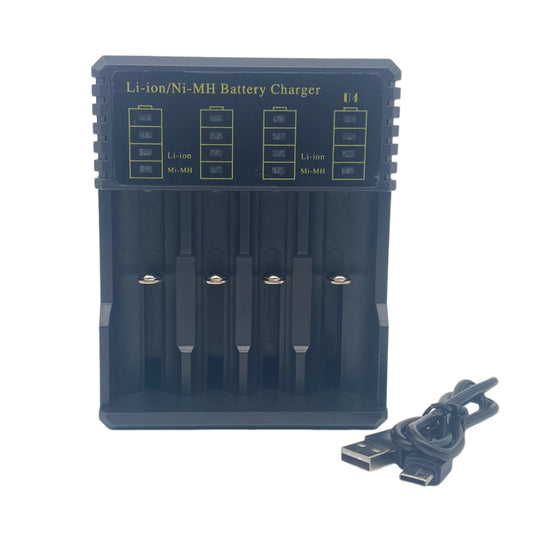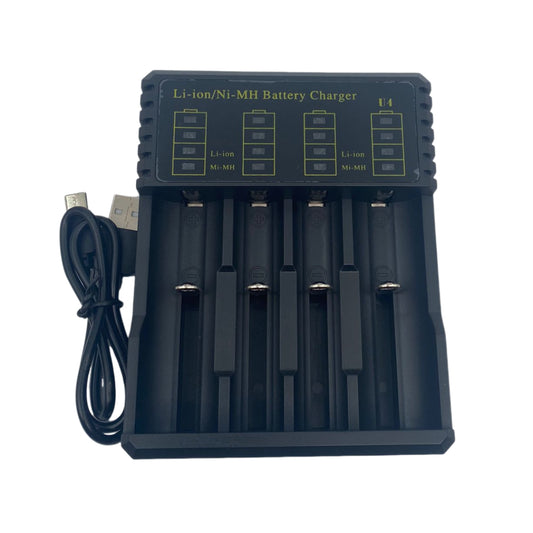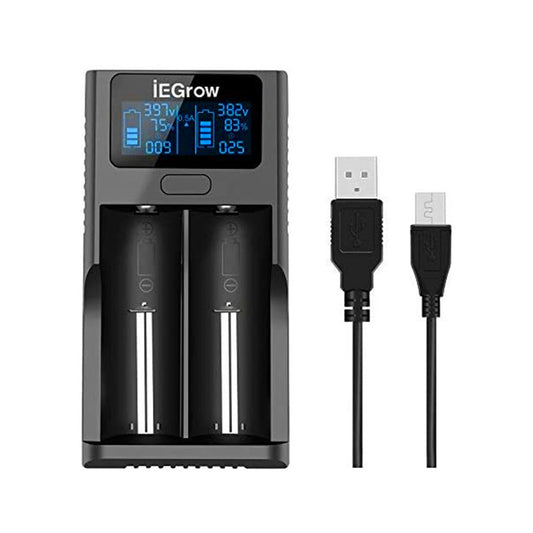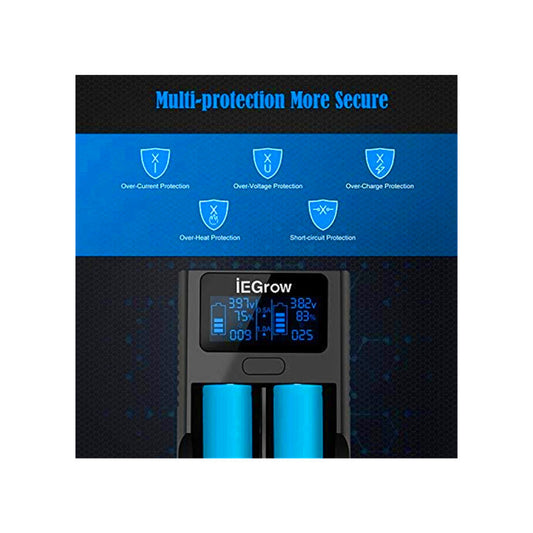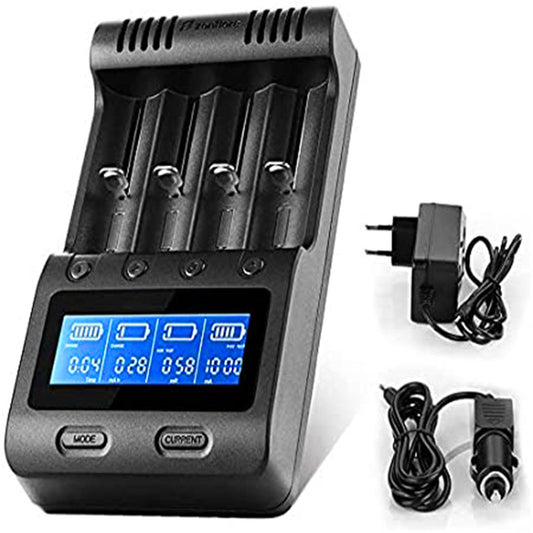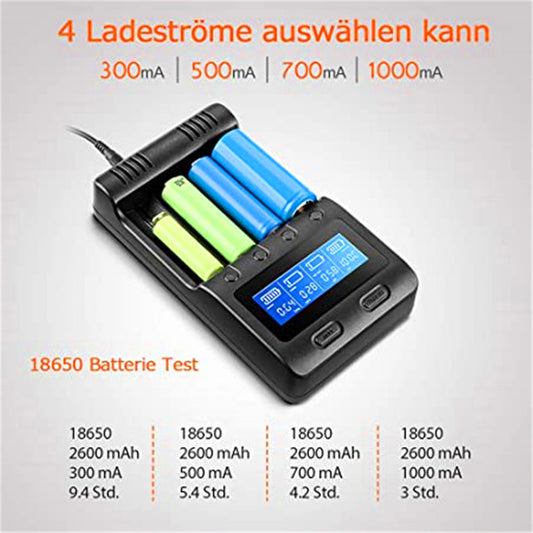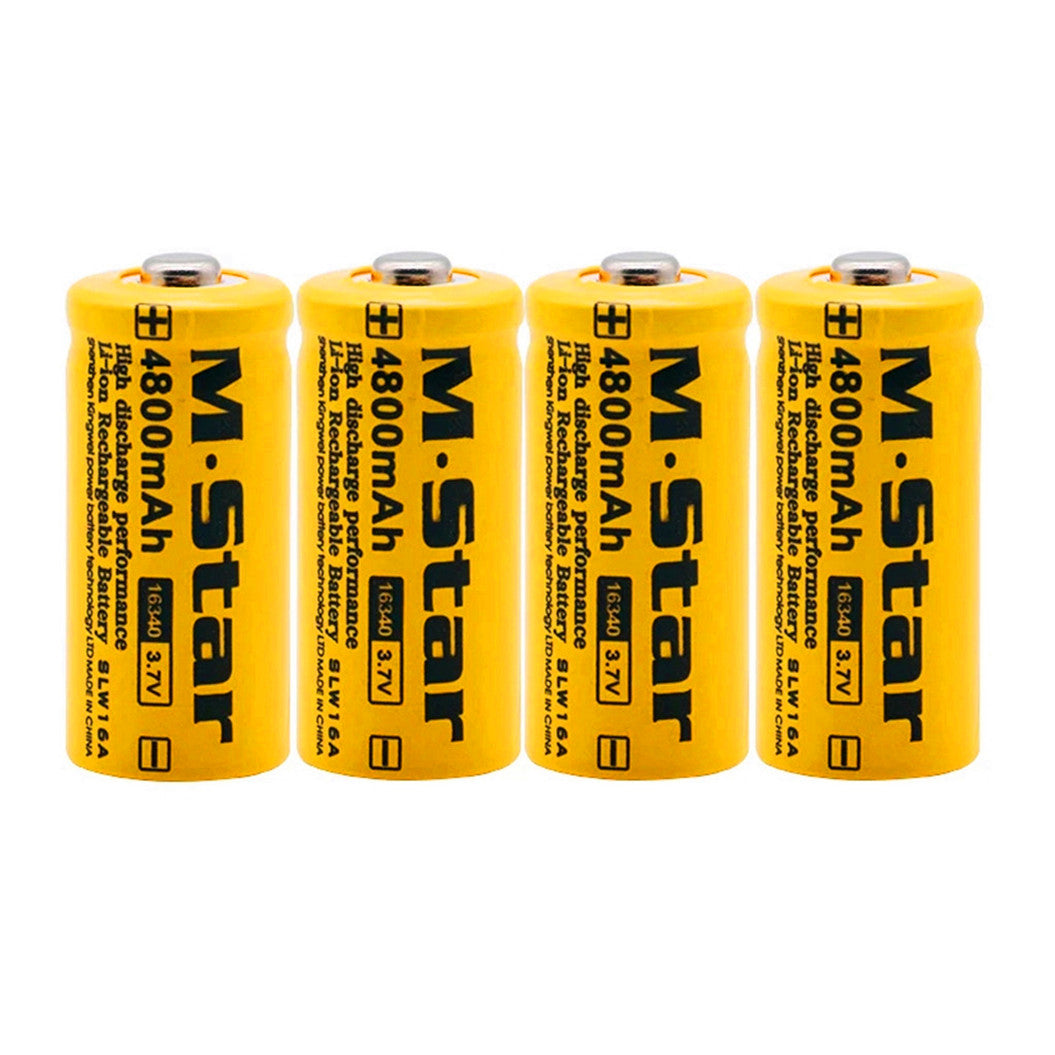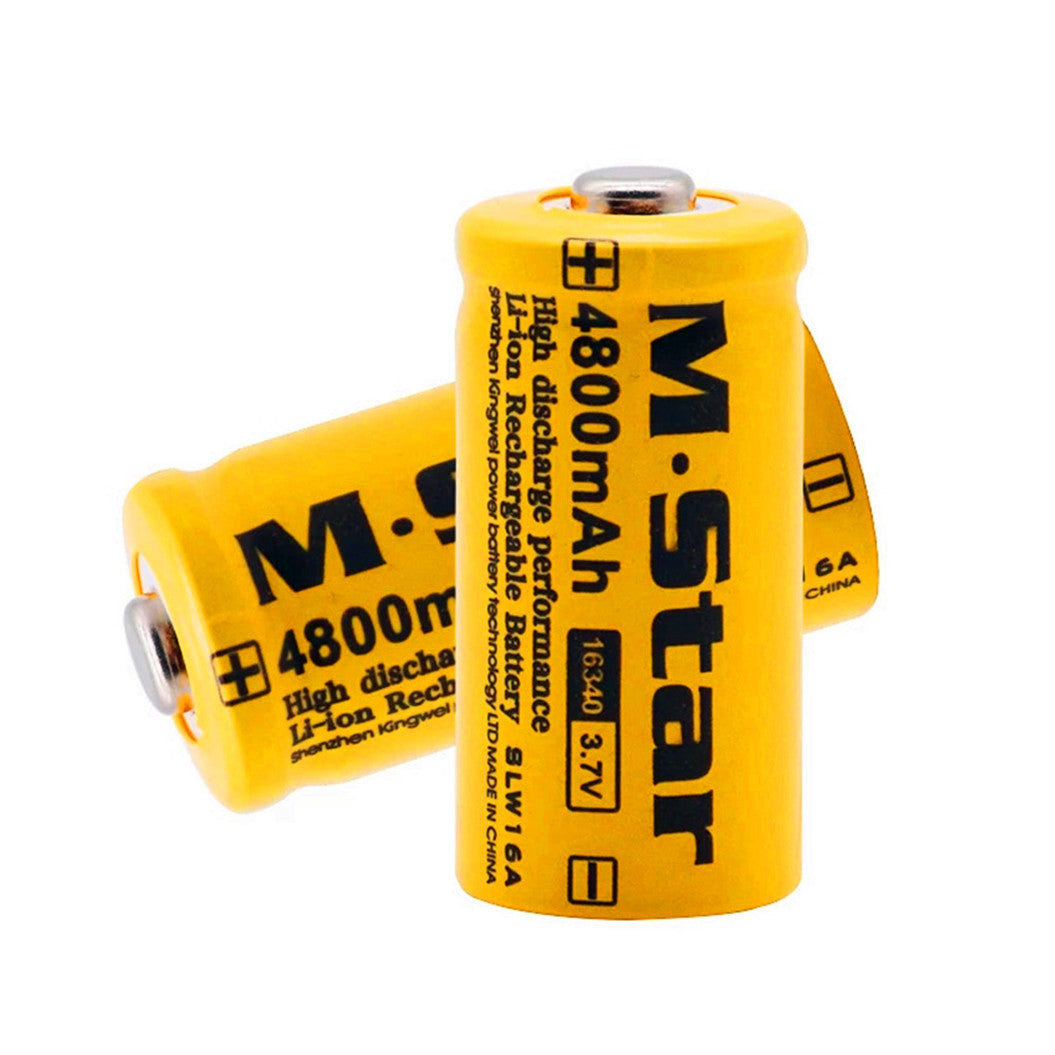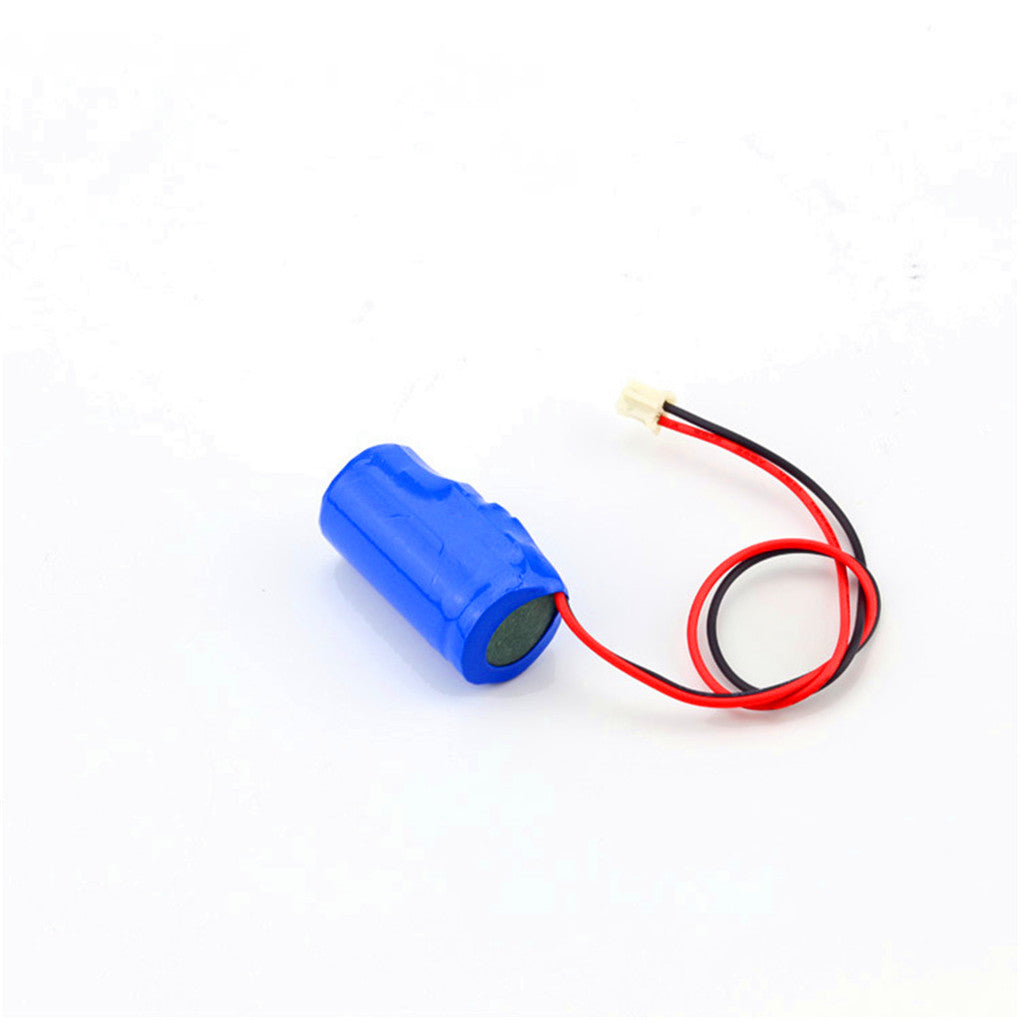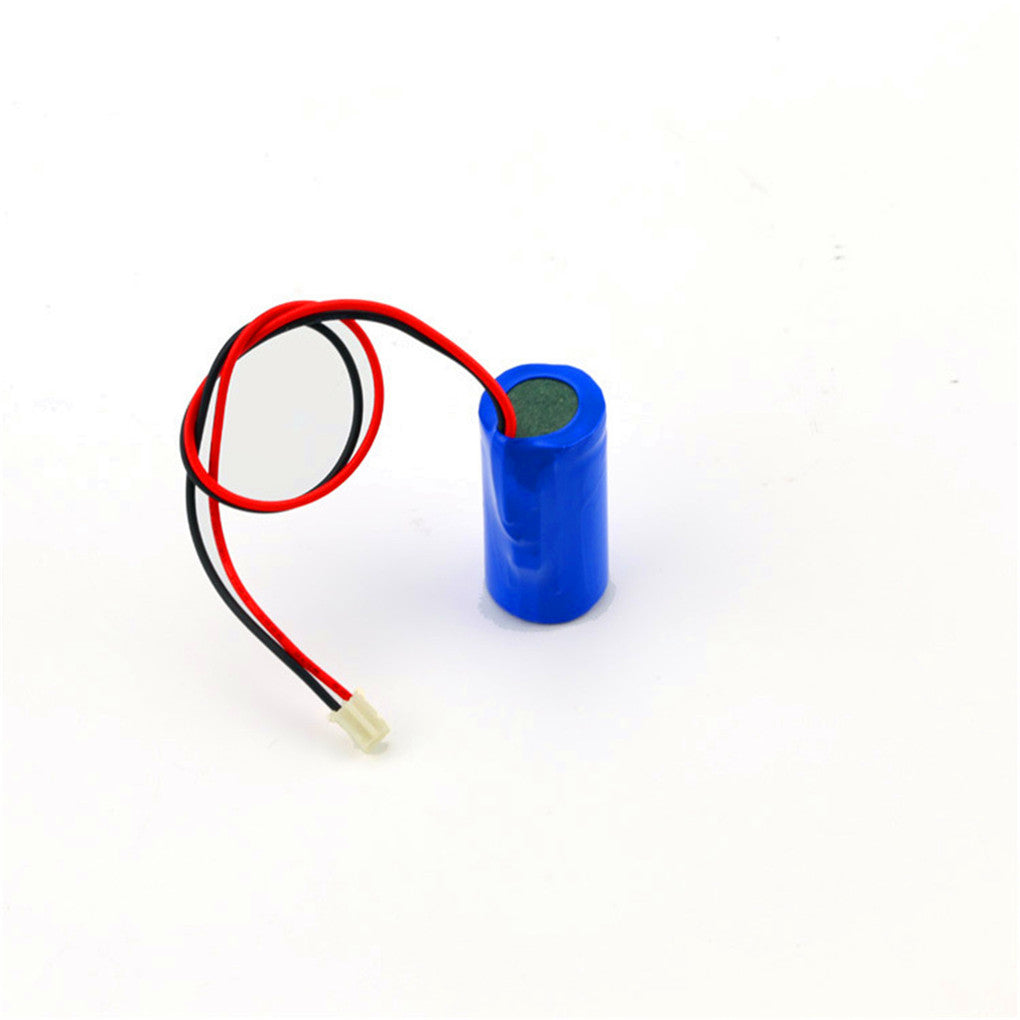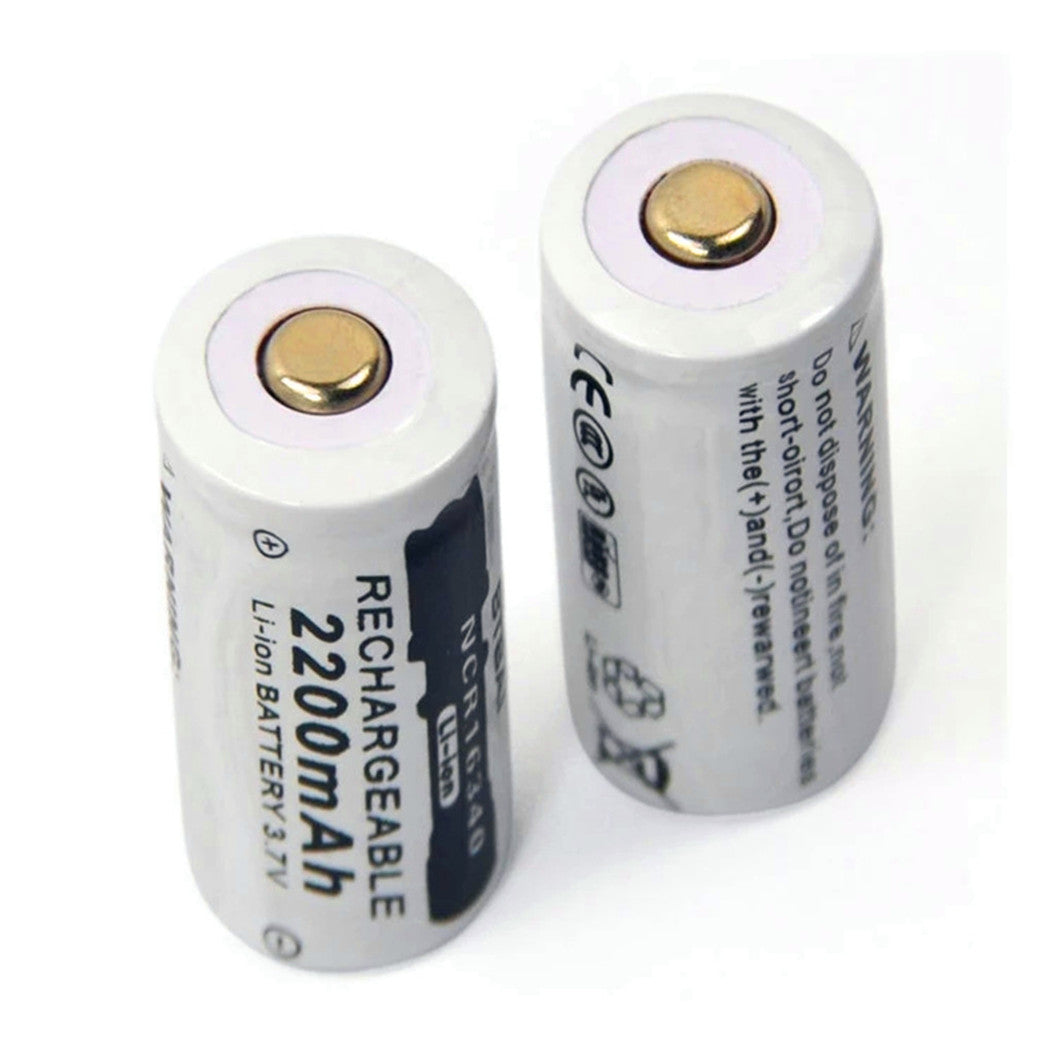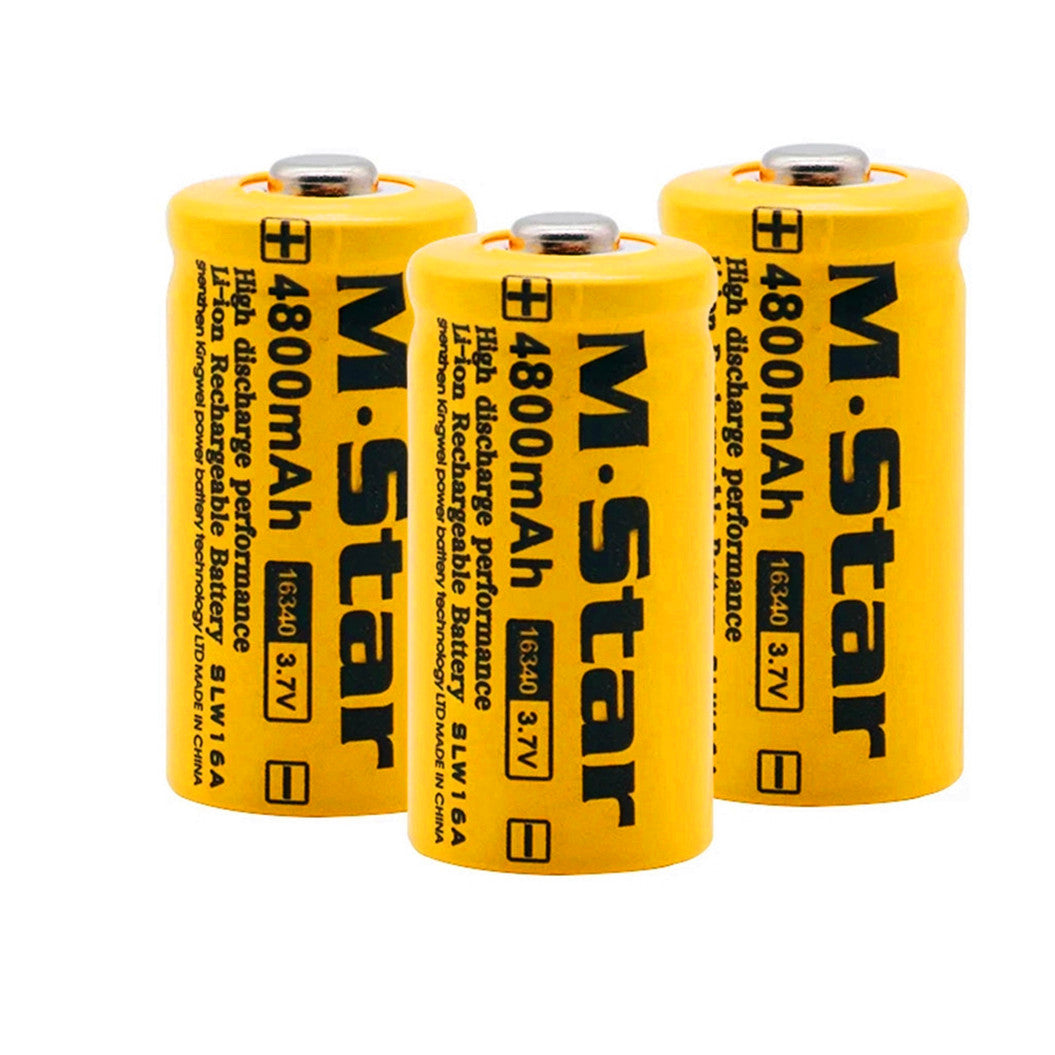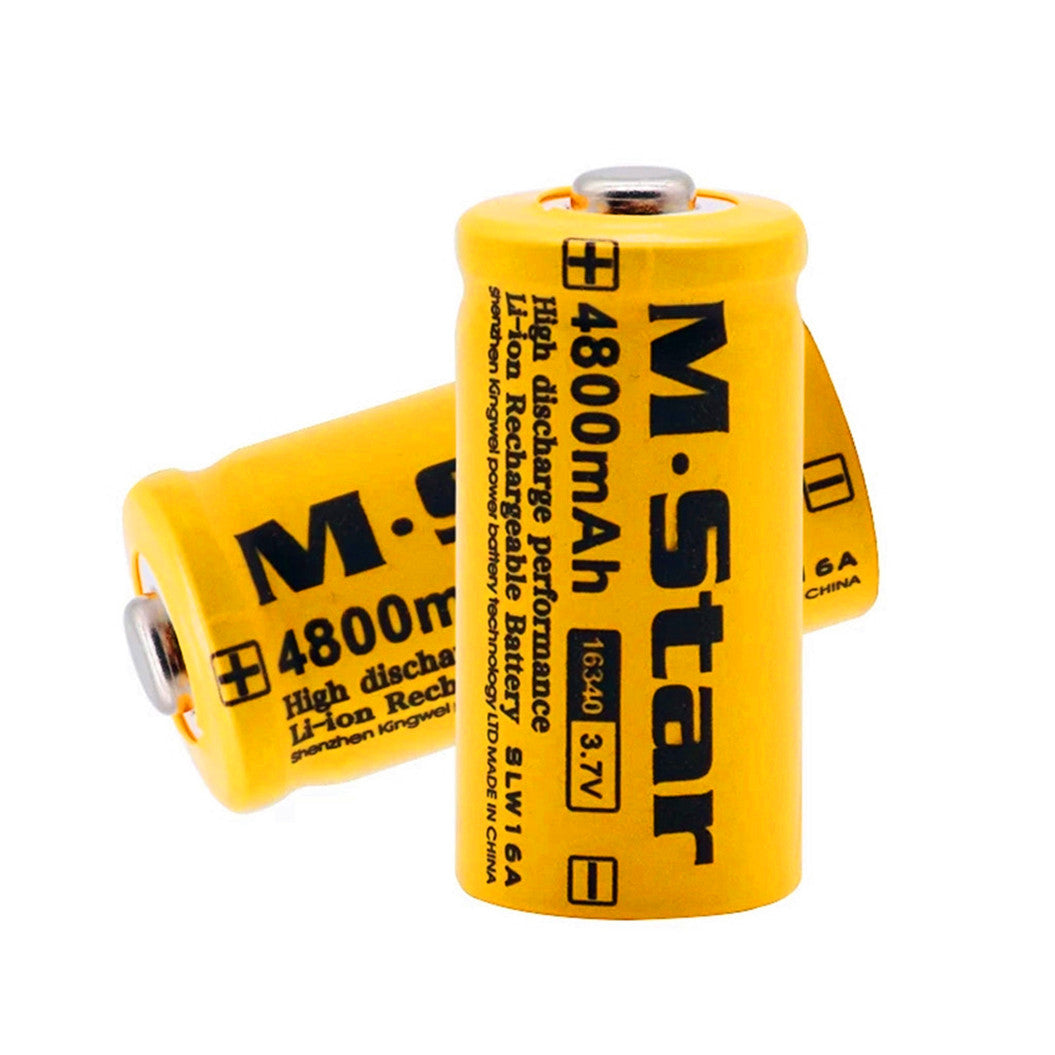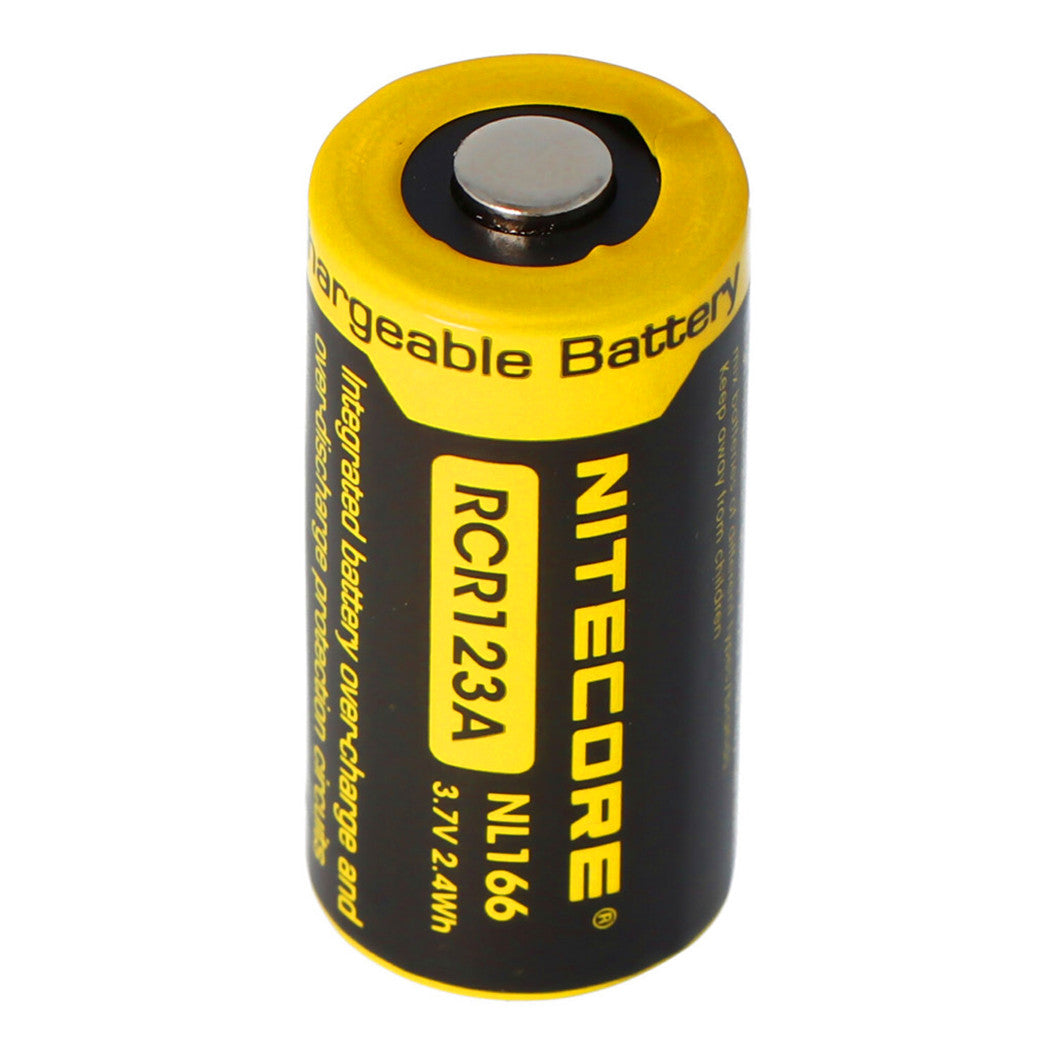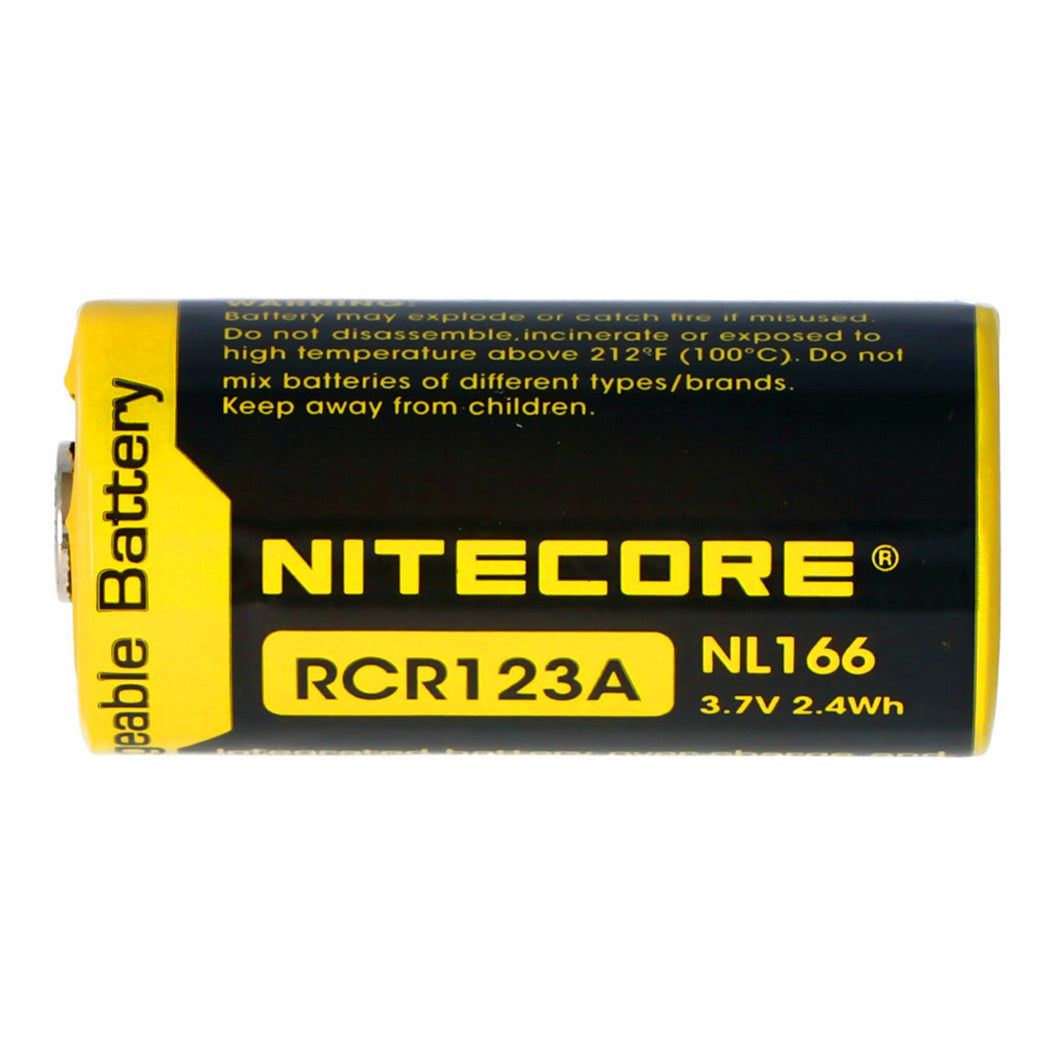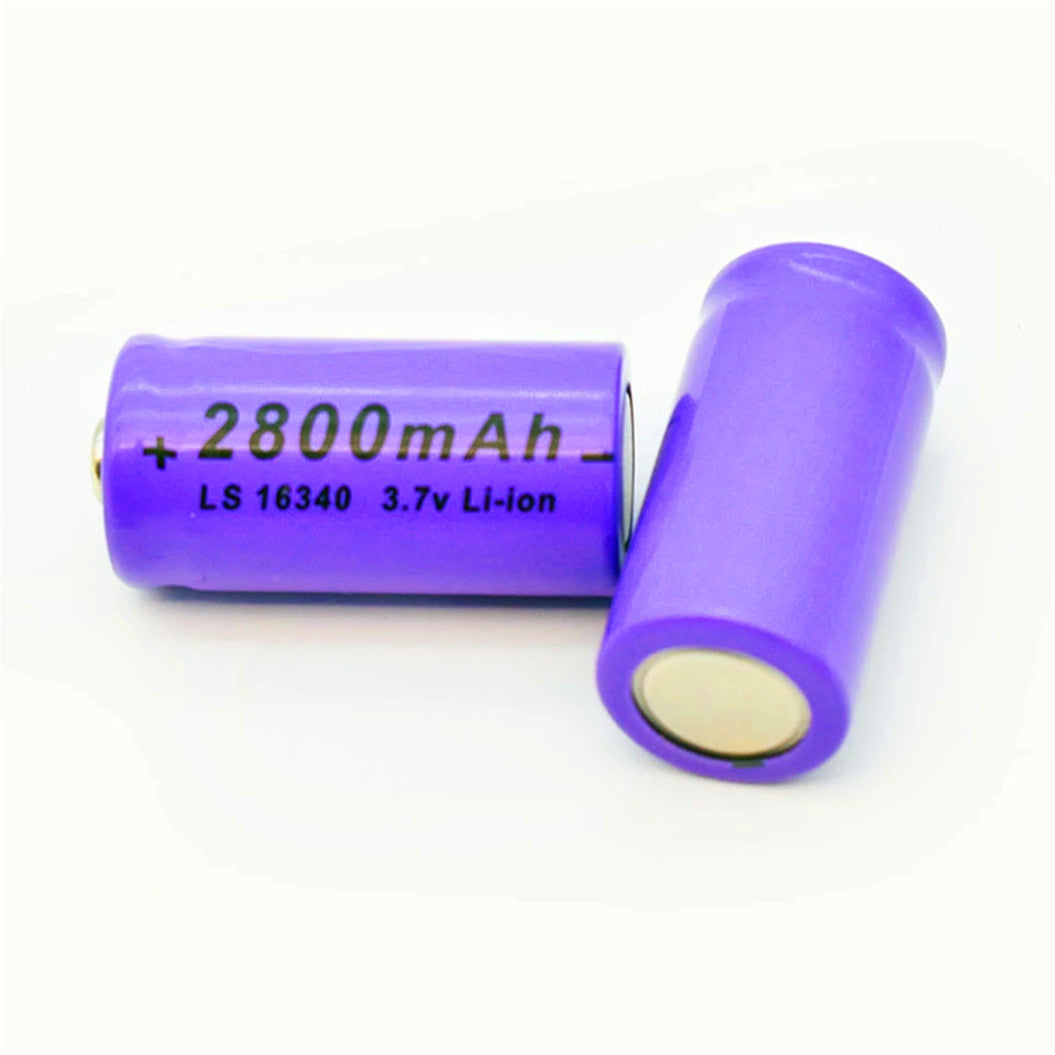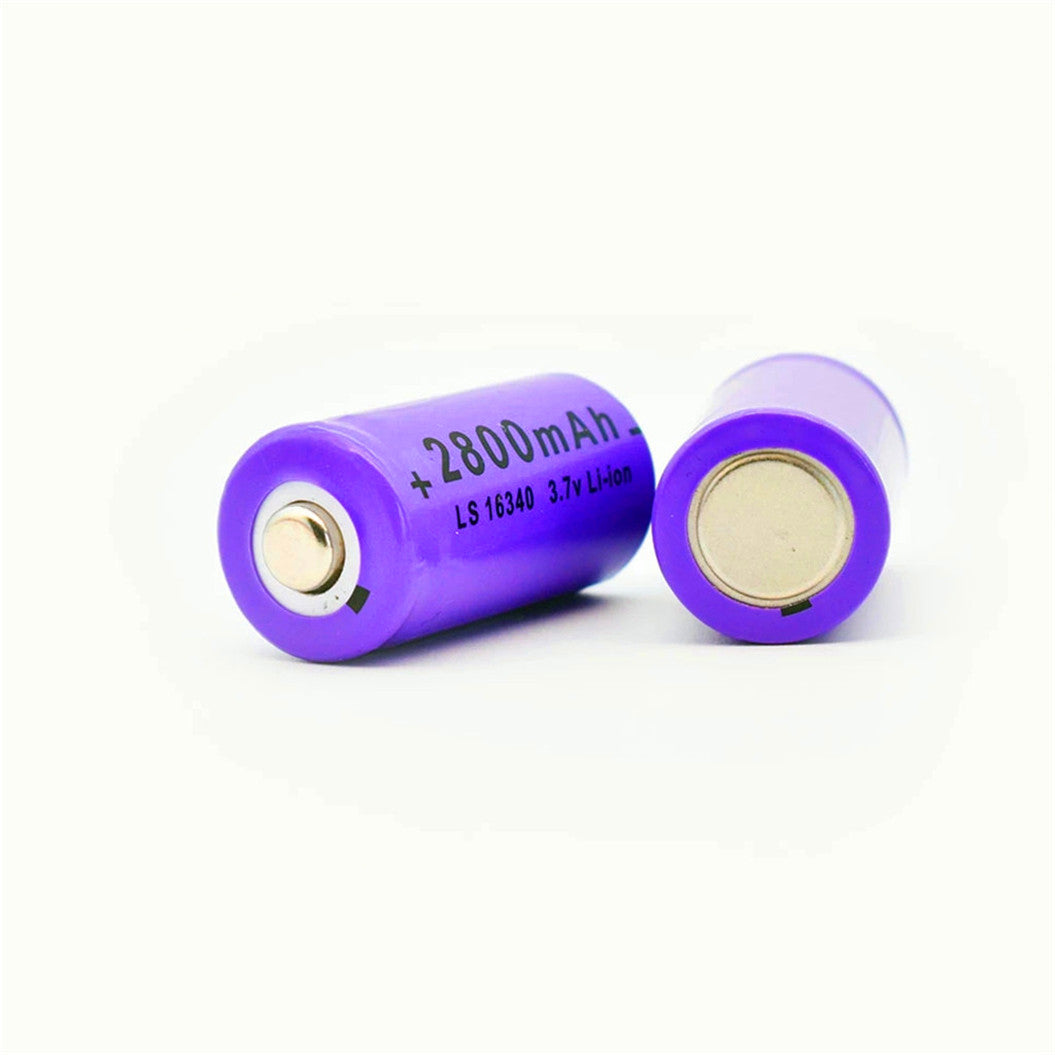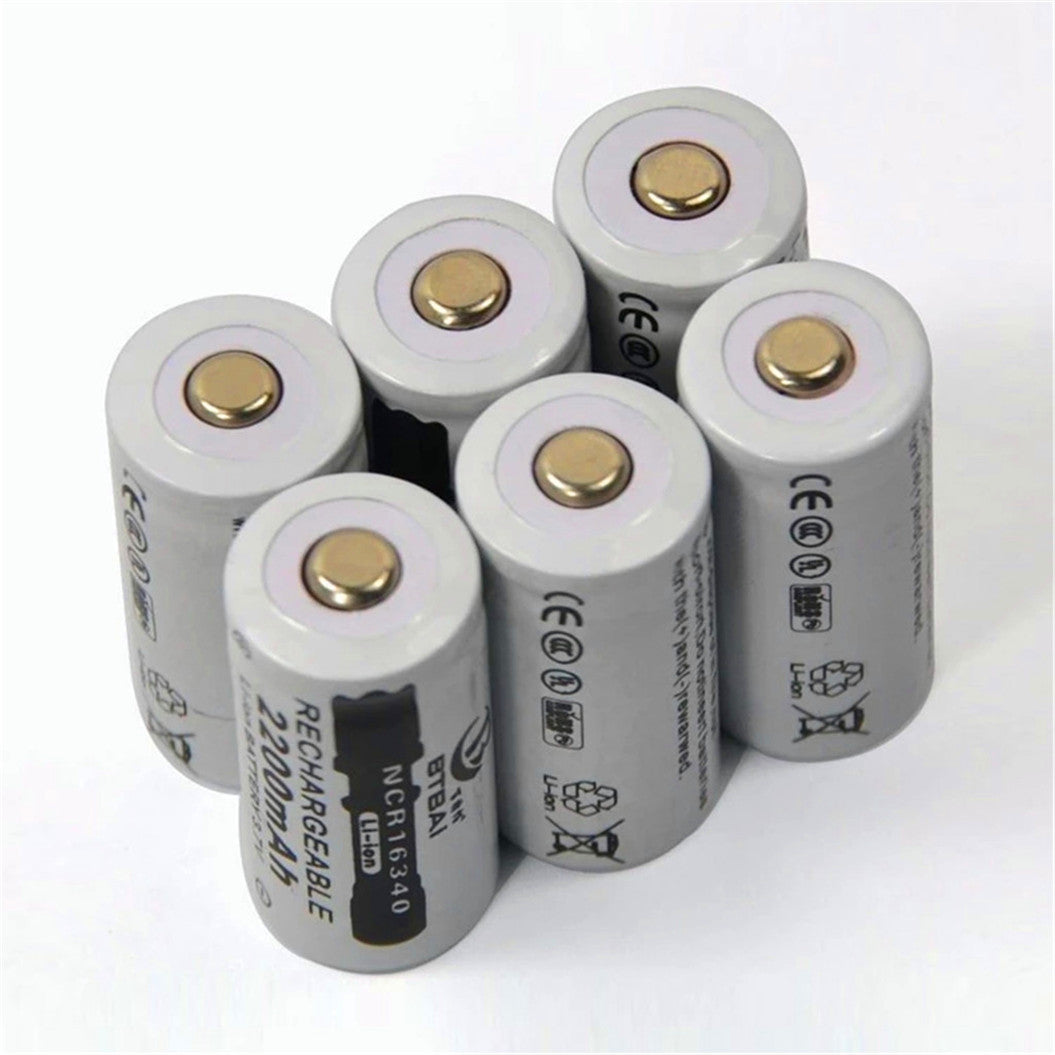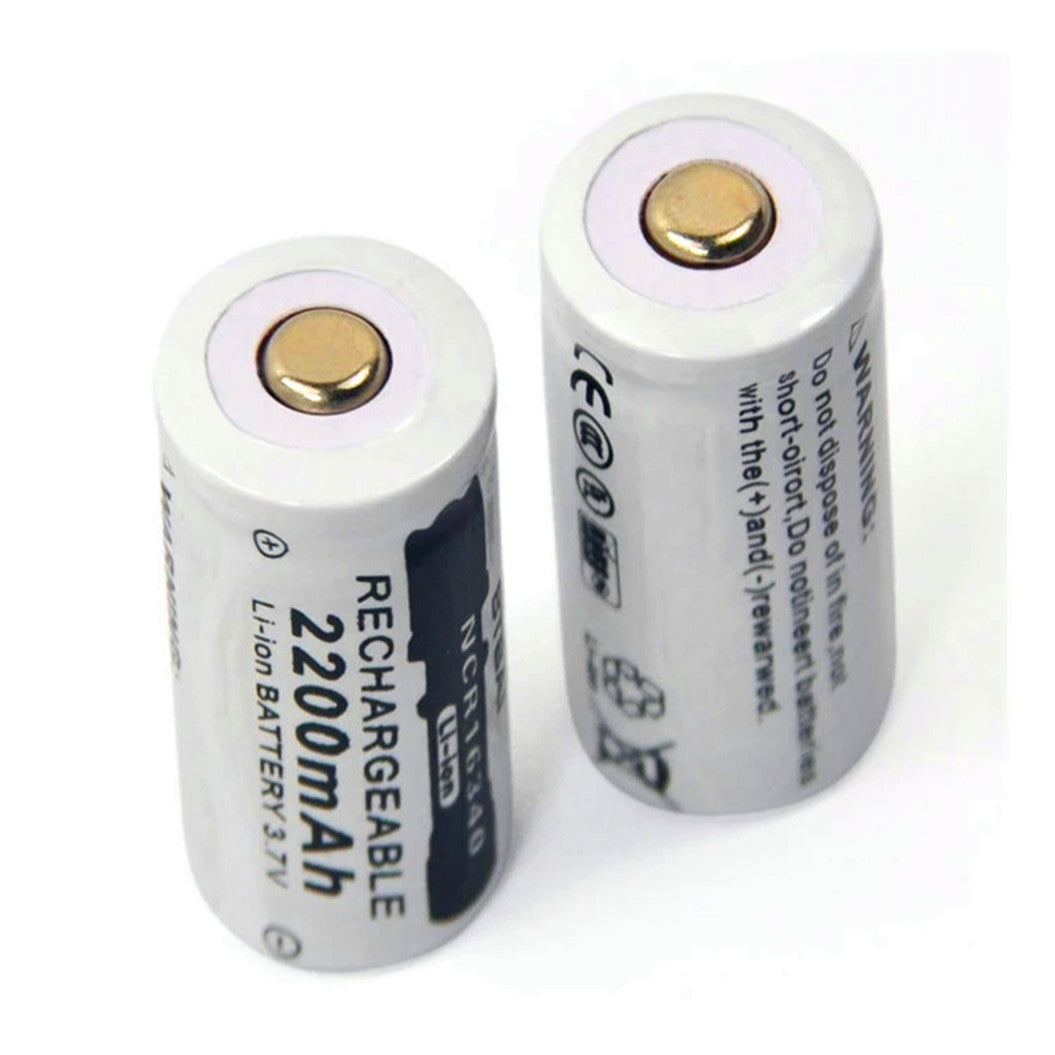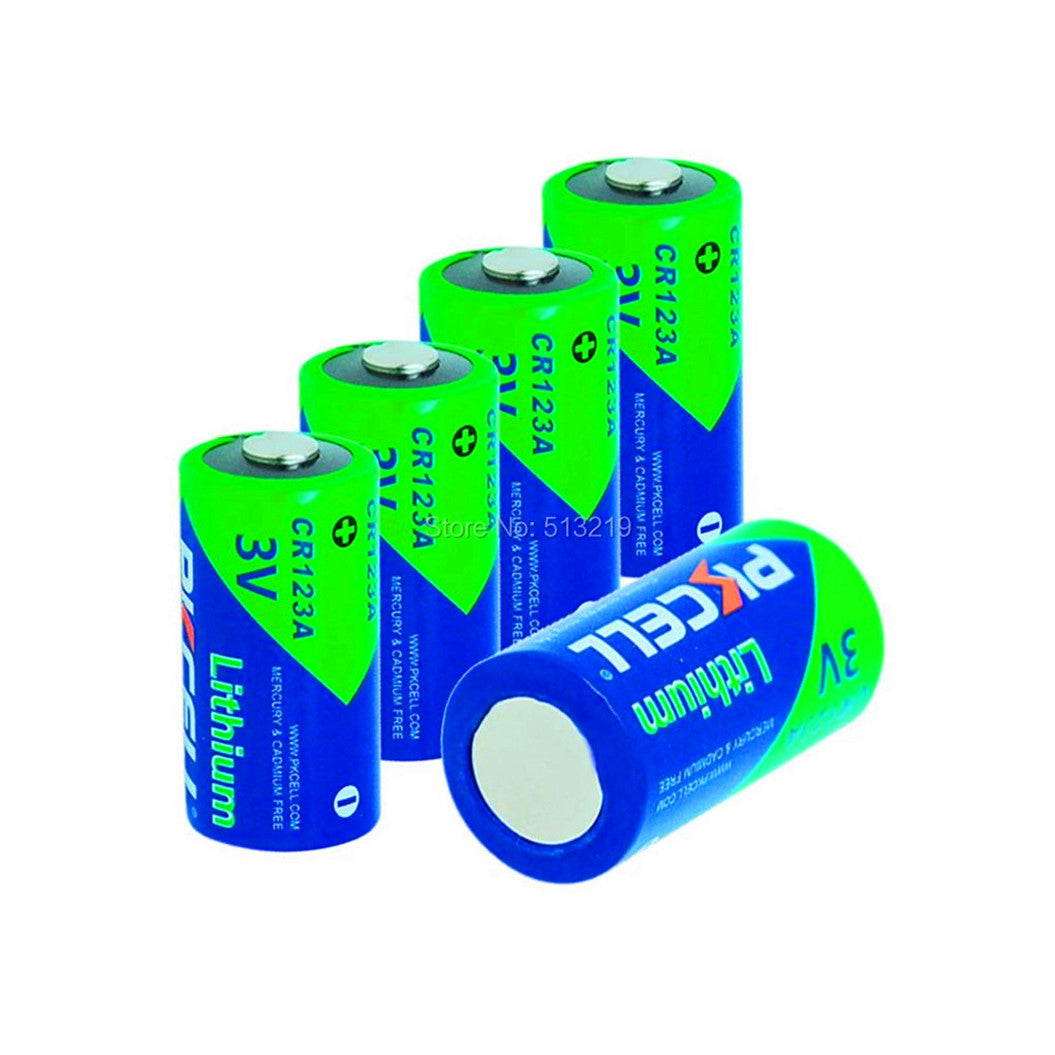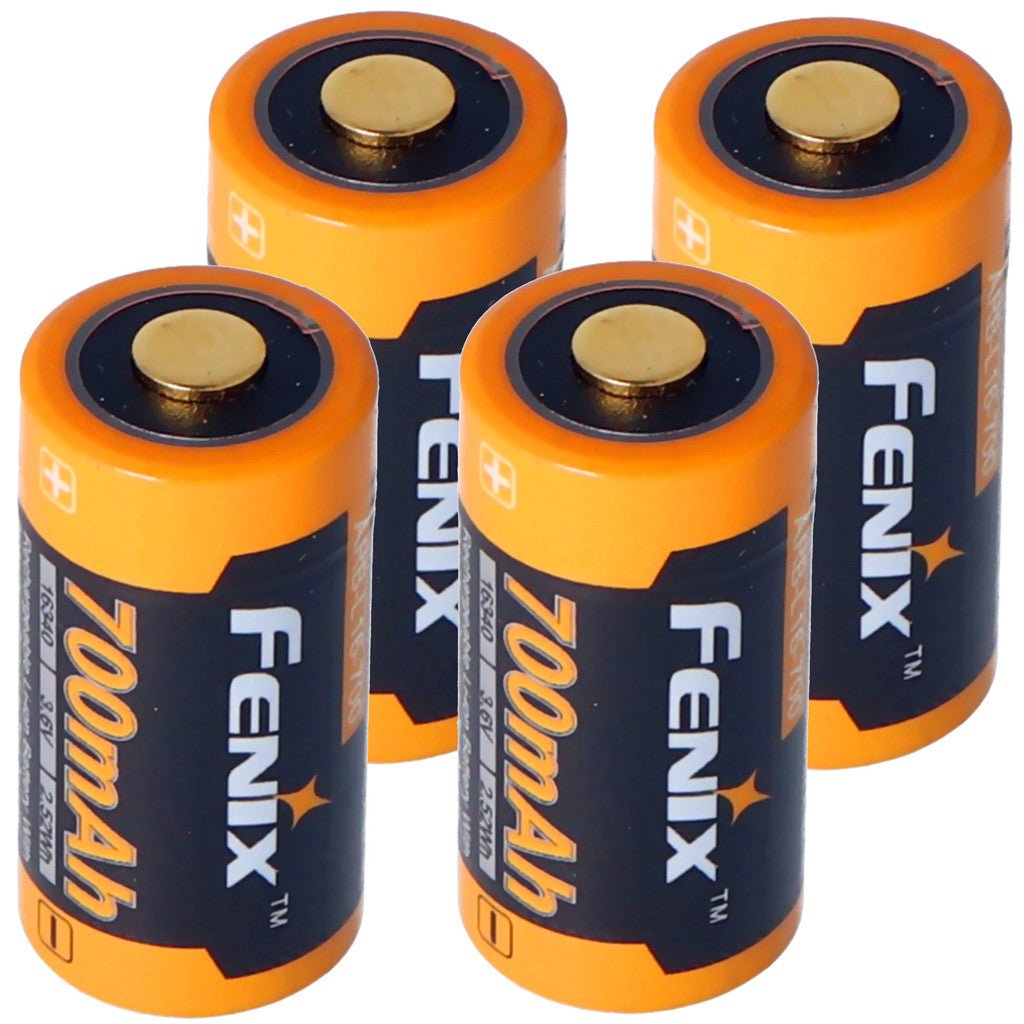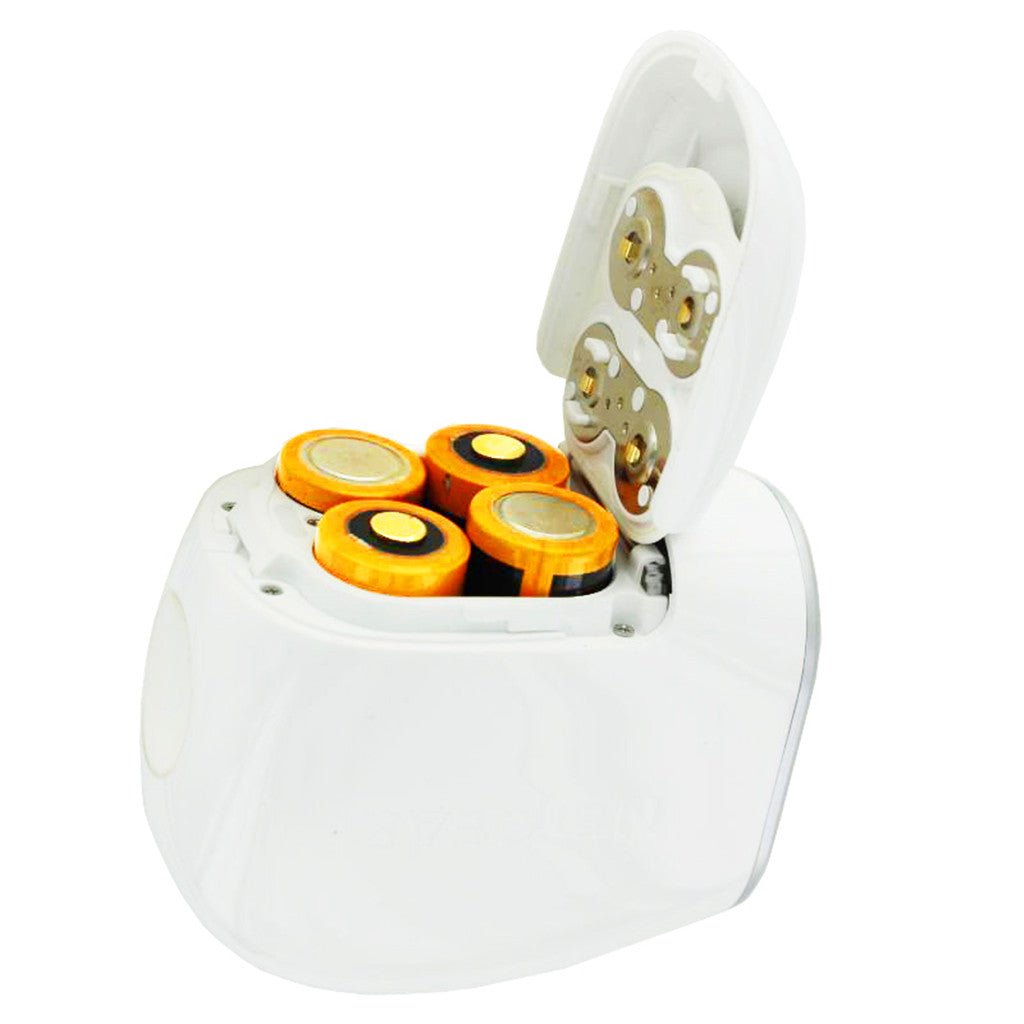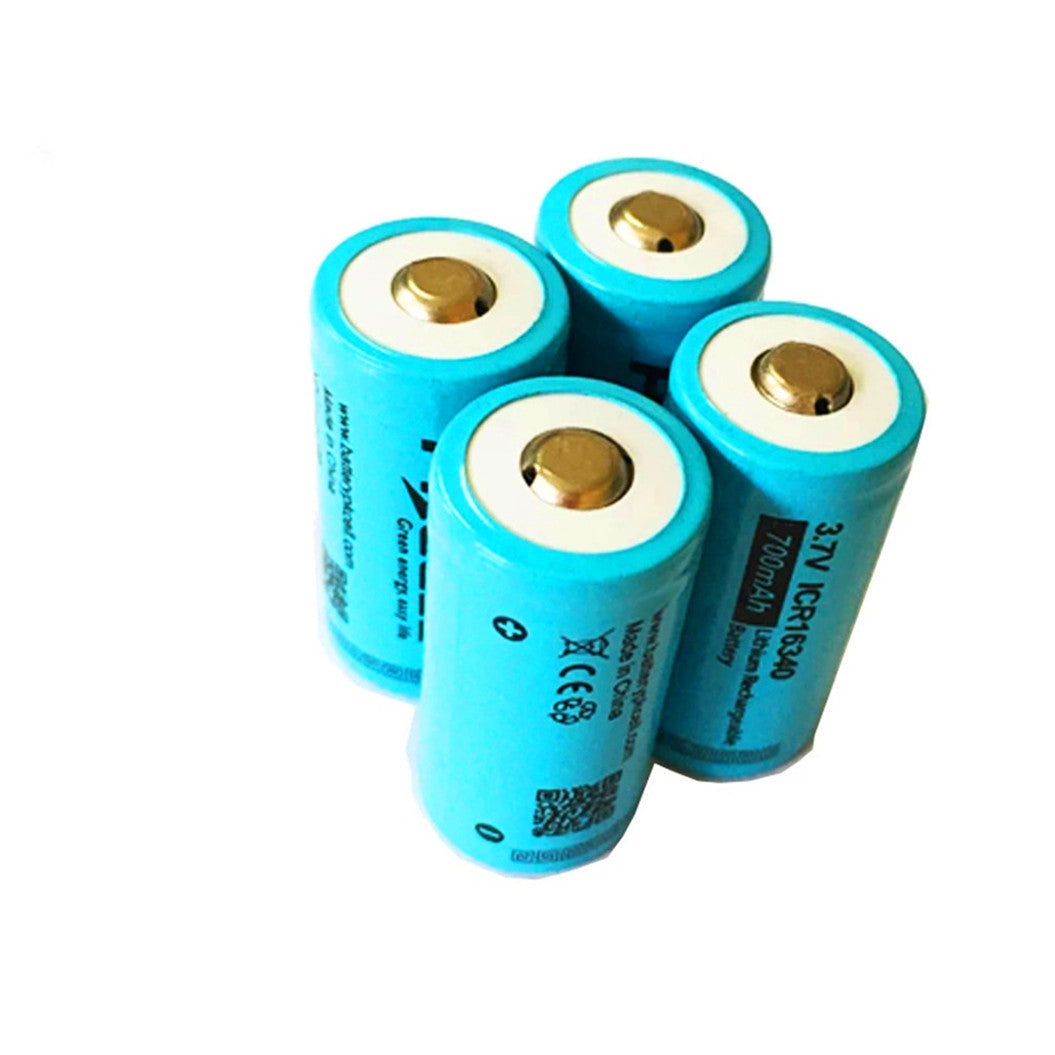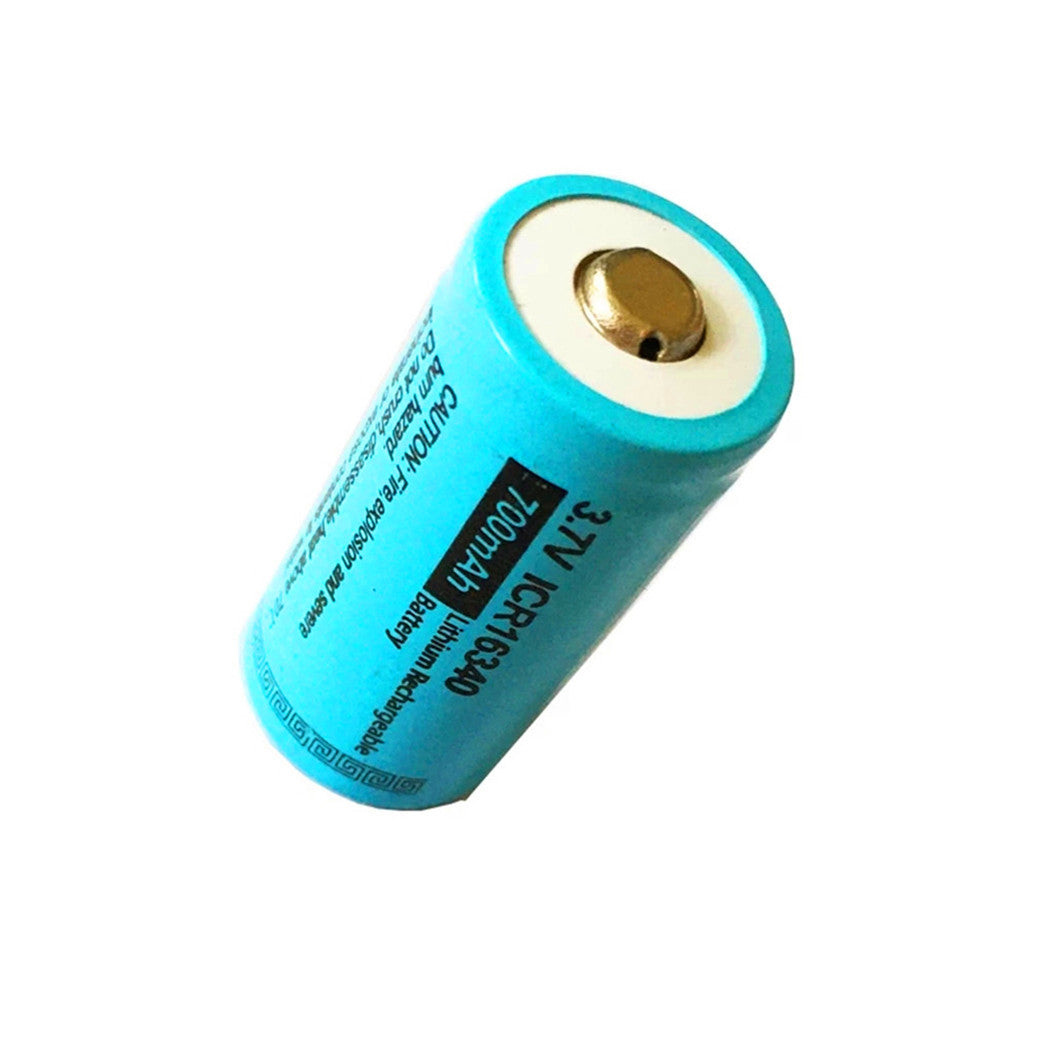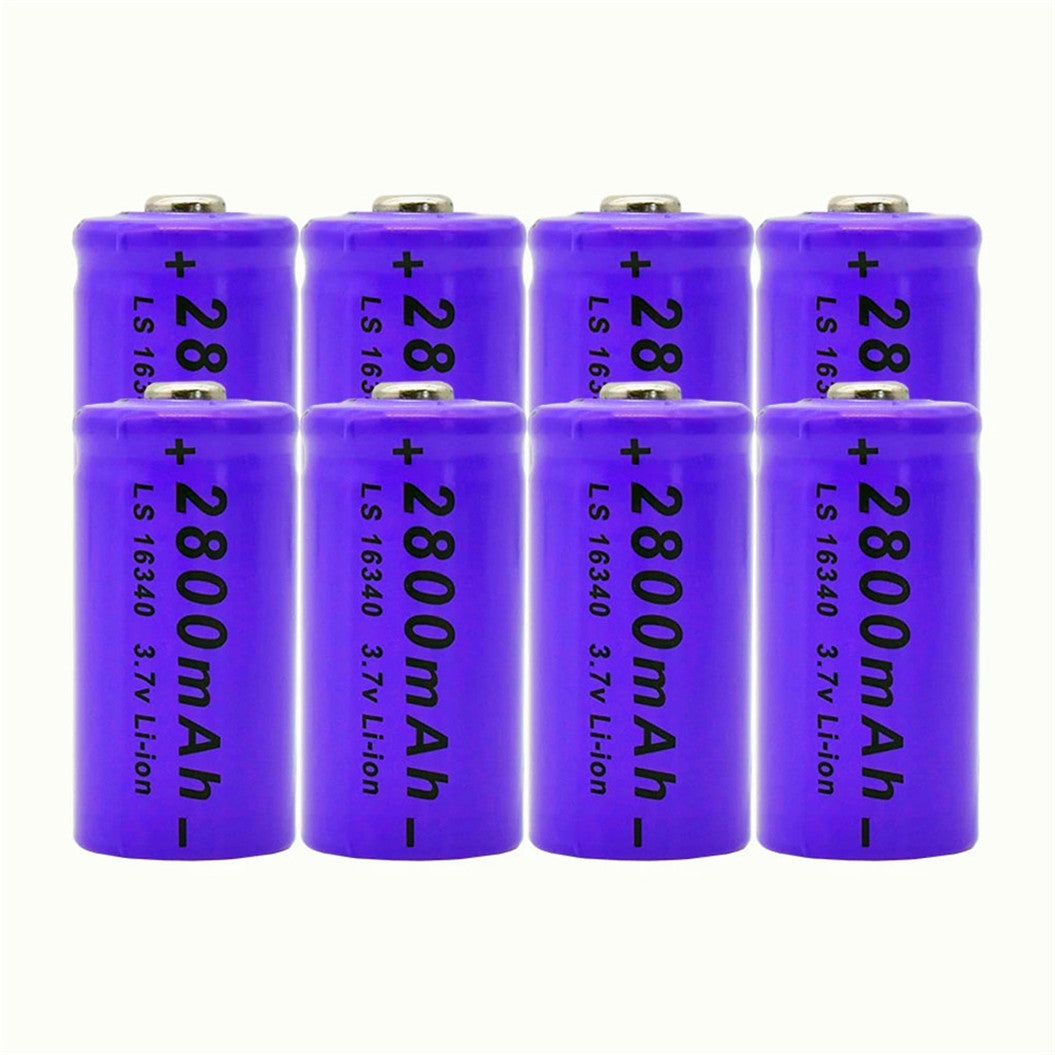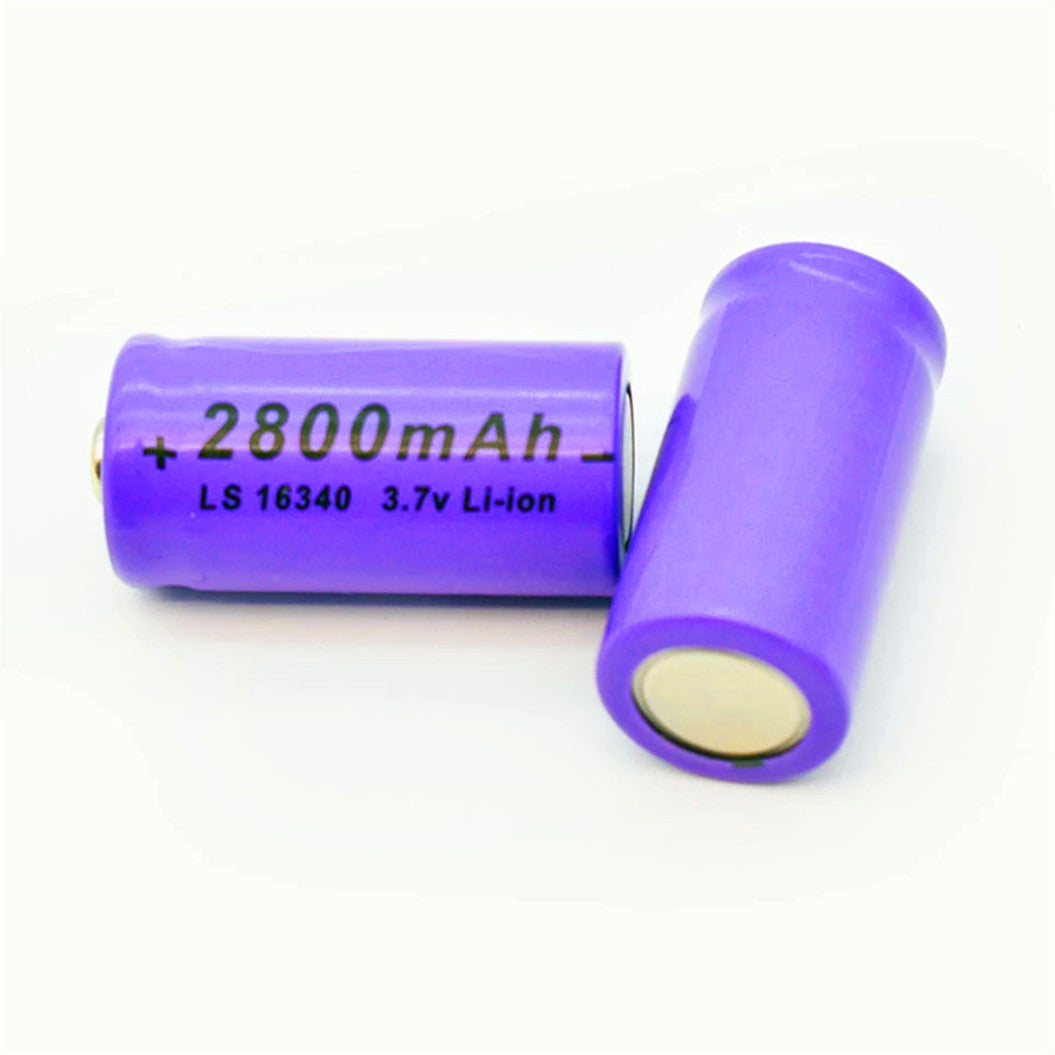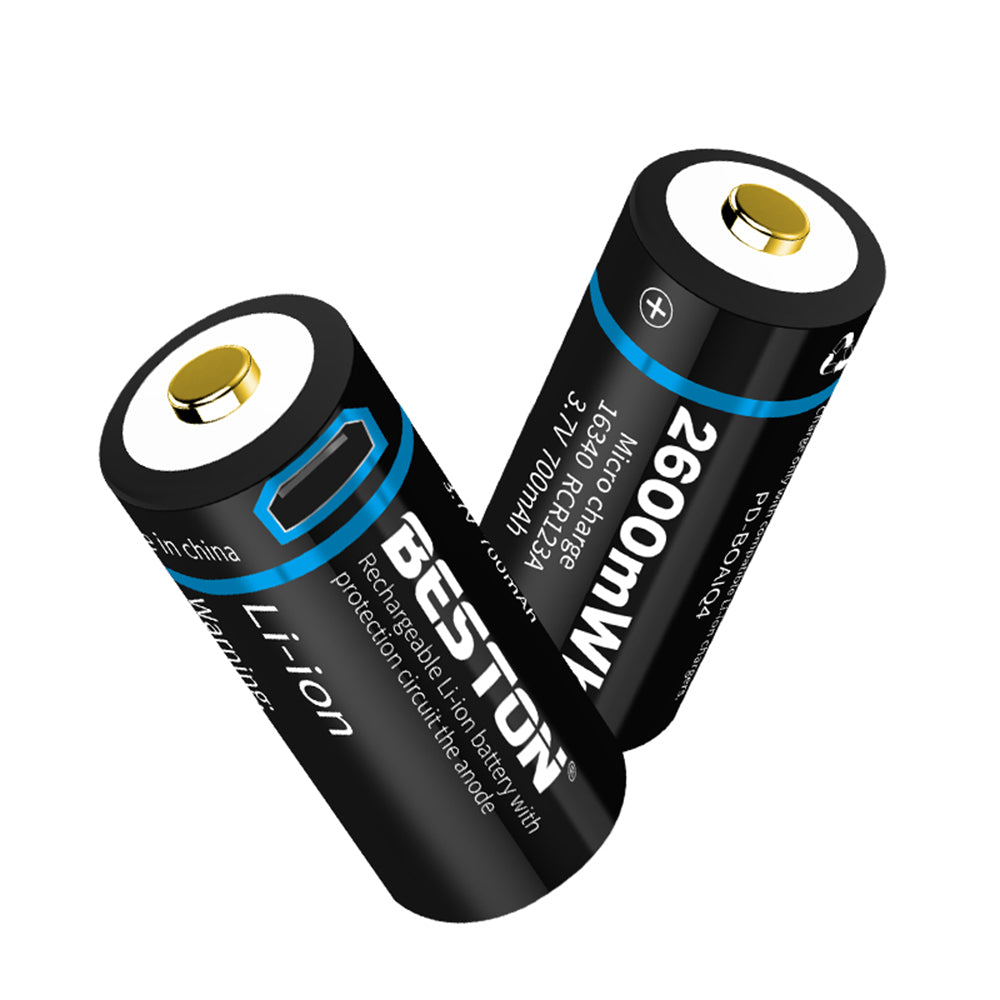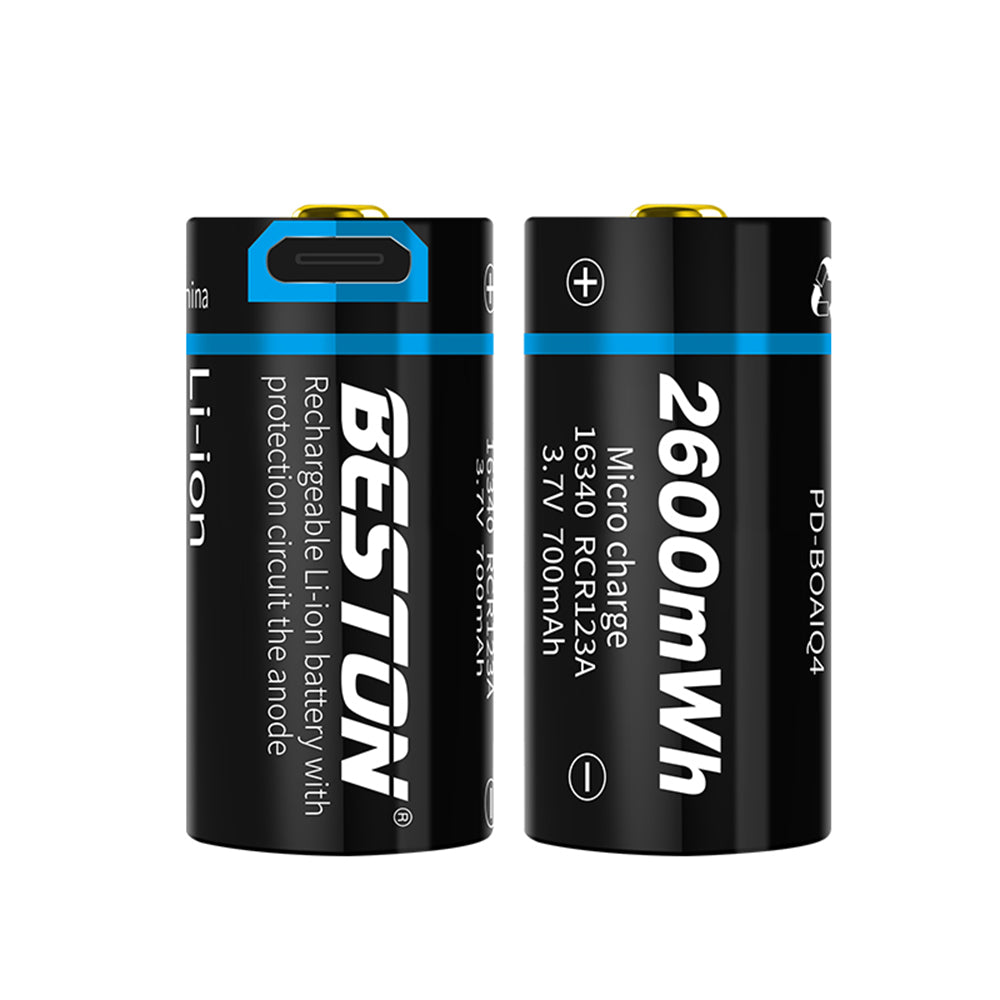-
공급업체:BATTERYINT
4개입 4800mAh 3.7V 리튬 이온 16340 CR123A 배터리 LED 플래시라이트
- 정가
- $16.99
- 정가
-
- 할인가
- $16.99
- 단가
- 단위
4개입 4800mAh 3.7V 리튬 이온 16340 CR123A 배터리 LED 플래시... -
공급업체:BATTERYINT
16340 700mAh 레이저 포인터 리모컨 손전등 배터리
- 정가
- $7.22
- 정가
-
- 할인가
- $7.22
- 단가
- 단위
16340 700mAh 레이저 포인터 리모컨 손전등 배터리 제품 정보: 표준 전압: ... -
공급업체:BATTERYINT
2개입 3.7V 2200mAh 리튬이온 16340 배터리 - CR123A 레이저 포인터 및 LED 손전등용
- 정가
- $6.99
- 정가
-
- 할인가
- $6.99
- 단가
- 단위
2개입 3.7V 2200mAh 리튬이온 16340 배터리 - CR123A 레이저 포인... -
공급업체:BATTERYINT
10개 용량 4800mAh 3.7V 리튬 이온 16340 배터리 CR123A 배터리 LED 플래시라이트용
- 정가
- $49.90
- 정가
-
- 할인가
- $49.90
- 단가
- 단위
10개 용량 4800mAh 3.7V 리튬 이온 16340 배터리 CR123A 배터리 ... -
공급업체:BATTERYINT
3.7V 650mAh CR123A 16340 Li-ion 2/3A 배터리 램프용
- 정가
- $11.90
- 정가
-
- 할인가
- $11.90
- 단가
- 단위
3.7V 650mAh CR123A 16340 Li-ion 2/3A 배터리 램프용 제품... -
공급업체:BATTERYINT
2개 2800mAh 3.7V 리튬 이온 16340 배터리 범용 ALBC LED 손전등 전문가 2700mAh LS
- 정가
- $11.99
- 정가
-
- 할인가
- $11.99
- 단가
- 단위
2개 2800mAh 3.7V 리튬 이온 16340 배터리 범용 ALBC LED 손전등... -
공급업체:BATTERYINT
6개 3.7V 2200mAh 리튬 이온 16340 CR123A 배터리 LED 손전등, 레이저 포인터용
- 정가
- $15.99
- 정가
-
- 할인가
- $15.99
- 단가
- 단위
6개 3.7V 2200mAh 리튬 이온 16340 CR123A 배터리 LED 손전등,... -
공급업체:BATTERYINT
5개입 2/3A 배터리 16430 CR123A CR17345 (CR17335) 1500mAh 3V 포토 리튬 배터리 카메라, 의료 기기용
- 정가
- $20.04
- 정가
-
- 할인가
- $20.04
- 단가
- 단위
5개입 2/3A 배터리 16430 CR123A CR17345 (CR17335) 150... -
공급업체:BATTERYINT
4PCS 3.7V 700mAh 리튬 Arlo 충전식 배터리 AccuCell 박스 포함
- 정가
- $42.99
- 정가
-
- 할인가
- $42.99
- 단가
- 단위
4PCS 3.7V 700mAh 리튬 Arlo 충전식 배터리 AccuCell 박스 포함... -
공급업체:BATTERYINT
4PCS 3.7V 700mAh 리튬 이온 배터리 LED 손전등, 헤드라이트, 기계식 모드, 손전등용
- 정가
- $18.24
- 정가
-
- 할인가
- $18.24
- 단가
- 단위
4PCS 3.7V 700mAh 리튬 이온 배터리 LED 손전등, 헤드라이트, 기계식 ... -
공급업체:BATTERYINT
4PCS 2800mAh 리튬 이온 16340 배터리 (LED 플래시라이트 및 다용도 장치용)
- 정가
- $20.99
- 정가
-
- 할인가
- $20.99
- 단가
- 단위
4PCS 2800mAh 리튬 이온 16340 배터리 (LED 플래시라이트 및 다용도 ... -
공급업체:BATTERYINT
3.7V 650mAh ICR 16340 RCR123A 베스톤 신기능 리튬 이온 USB 충전 배터리
- 정가
- $19.84
- 정가
-
- 할인가
- $19.84
- 단가
- 단위
3.7V 650mAh ICR 16340 RCR123A 베스톤 신기능 리튬 이온 USB...
표시 1 -12 의 13 항목
1. 16340 배터리와 CR123A 배터리의 차이점은 무엇인가요?
16340 배터리와 CR123A 배터리의 주요 차이점은 화학적 구성과 전압에 있습니다. 16340 충전식 배터리는 일반적으로 3.7V를 출력하는 리튬 이온 배터리로, 수요가 많은 기기에서 재사용하기에 이상적입니다. 반면, CR123A 배터리는 표준 전압이 3.0V인 기본(충전 불가) 리튬 배터리입니다. 두 배터리는 크기가 비슷하지만 16340 배터리는 충전식 솔루션이 필요한 기기에 적합한 반면, CR123A 배터리는 안정적이고 오래 지속되는 전력이 필요한 일회용 애플리케이션에 맞게 설계되었습니다.
2. 16340과 CR123A 배터리는 같은 크기입니까?
네, 16340 배터리와 CR123 배터리는 크기가 매우 비슷해서 특정 기기에서 서로 바꿔 사용할 수 있습니다. 16340 충전식 배터리는 직경이 약 16mm, 길이가 34mm로 CR123A 배터리 치수와 거의 같습니다. 크기가 비슷해서 많은 기기에 장착할 수 있지만, 16340 배터리와 CR123 배터리의 전압 차이를 고려한 후에 교체하는 것이 중요합니다. 16340의 3.7V는 3.0V CR123A가 필요한 기기와 호환되지 않을 수 있기 때문입니다.
3. CR123 배터리 대신 리튬이온 16340 배터리를 사용할 수 있나요?
특정 기기에서 CR123A 배터리 대신 리튬이온 16340 배터리를 사용할 수 있습니다. 단, 해당 기기가 16340 배터리의 더 높은 전압을 처리할 수 있어야 합니다. 16340 배터리와 CR123A 배터리의 크기는 거의 동일하지만 전압은 다릅니다. 16340은 일반적으로 3.7V를 제공하는 반면 CR123A는 3.0V를 제공합니다. 일부 전자 기기는 이 더 높은 전압을 안전하게 수용하지 못할 수 있으므로 리튬이온 16340 배터리를 CR123A 배터리 대신 사용하기 전에 기기의 사양과 제조업체 권장 사항을 확인하는 것이 필수적입니다.
4. 16340 충전식 배터리의 주요 용도는 무엇입니까?
16340 충전식 배터리는 LED 손전등, 레이저 포인터, 특정 카메라, 전자 담배와 같이 충전식 전원의 이점을 얻는 고방전 기기에 일반적으로 사용됩니다. 이 리튬 이온 배터리는 기존 알카라인 배터리에 비해 높은 에너지 밀도와 더 긴 지속 전력을 제공합니다. 16340 배터리는 충전식이므로 자주 배터리를 교체해야 하는 기기에 특히 비용 효율적이며, CR123 배터리와 같은 일회용 배터리와 관련된 재정적, 환경적 영향을 모두 줄입니다.
5. 왜 사람들은 16340 배터리 대신 CR123A 배터리를 선택할까요?
안정성과 긴 보관 수명이 우선순위일 때 CR123A 배터리는 종종 16340 배터리보다 선택됩니다. CR123A 배터리는 재충전이 불가능하기 때문에 자가 방전율이 낮아서 잦은 배터리 교체가 필요 없는 비상 장치, 보안 시스템, 카메라에 이상적입니다. 또한 CR123A 배터리는 극한의 온도에서 성능이 더 좋기 때문에 16340 충전식 배터리가 정기적인 충전이 필요하기 때문에 적합하지 않을 수 있는 야외 또는 장기 보관 애플리케이션에 신뢰할 수 있는 선택입니다.
6. 16340 충전식 배터리는 충전해도 안전합니까?
네, 리튬이온 16340 배터리는 반복적인 충전 주기를 위해 특별히 설계되어 지속적인 전력이 필요한 기기에 안전하고 효율적인 선택입니다. 리튬이온 배터리인 16340 배터리는 리튬이온 셀에 맞게 설계된 충전기와 함께 사용하면 여러 번 충전할 수 있도록 제작되었습니다. 잠재적인 위험을 피하기 위해 과충전 보호와 같은 안전 기능이 있는 호환 충전기를 사용하는 것이 중요합니다. 적절한 충전 관행은 리튬이온 16340 배터리의 수명을 연장하고 안전하고 안정적인 성능을 보장하는 데 도움이 될 수 있습니다.
7. CR123A 배터리에 비해 16340 배터리는 얼마나 오래 지속됩니까?
16340 배터리의 수명은 CR123A 배터리에 비해 사용 패턴과 재충전 횟수에 따라 달라집니다. 단일 CR123A 배터리는 일반적으로 용량이 더 크고 재충전할 필요가 없기 때문에 충전당 초기 런타임이 더 깁니다. 그러나 16340 충전식 배터리는 수백 번 사용할 수 있어 장기적으로 비용 효율성이 더 높습니다. CR123A 배터리가 보관 수명이 더 길 수 있지만, 16340 충전식 배터리는 여러 번 재사용할 수 있으므로 자주 사용하는 기기에 더 적합하며 궁극적으로 전체 수명이 더 깁니다.
8. 16340 충전식 배터리에 일반 리튬 이온 충전기를 사용할 수 있나요?
네, 충전기가 16340 배터리의 전압 및 충전 요구 사항을 지원하는 경우 리튬 이온 16340 배터리에 일반 리튬 이온 충전기를 사용할 수 있습니다. 많은 리튬 이온 충전기는 16340 배터리를 포함하여 다양한 셀 크기를 수용합니다. 충전기에 과충전 보호와 같은 안전 기능이 있는지 확인하세요. 이는 배터리 손상을 방지하고 수명을 연장하는 데 도움이 됩니다. 리튬 이온 16340 배터리와의 호환성을 확인하려면 항상 충전기 사양을 확인하는 것이 가장 좋습니다.
9. CR123A 배터리 대신 16340 충전식 배터리를 사용하면 어떤 환경적 이점이 있습니까?
리튬이온 16340 배터리를 사용하면 여러 번 충전하고 재사용할 수 있으므로 CR123A 배터리에 비해 상당한 환경적 이점이 있습니다. 16340 배터리를 선택하면 폐기물과 매립지로 가는 경우가 많은 일회용 배터리의 필요성이 줄어듭니다. 반면 CR123A 배터리는 일회용이며 시간이 지남에 따라 환경 폐기물에 더 많이 기여합니다. 리튬이온 16340 배터리를 선택하면 배터리 폐기의 환경적 영향을 줄이고 보다 지속 가능한 에너지 관행을 지원하는 데 도움이 됩니다.
10. 내 기기가 CR123A 배터리 대신 16340 배터리를 지원하는지 어떻게 확인할 수 있나요?
장치가 CR123A 배터리 대신 16340 배터리를 지원하는지 확인하려면 전압 및 배터리 유형에 대한 장치 설명서나 사양을 확인하세요. 3.0V 배터리를 지정하는 장치는 16340 충전식 배터리의 3.7V 출력과 호환되지 않을 수 있습니다. 일부 장치는 두 유형 모두와 호환된다고 표시하지만 의심되는 경우 제조업체에 문의하거나 장치에 대한 특정 정보를 검색하세요. 장치가 16340 배터리의 전압을 처리할 수 있는지 확인하는 것은 안전하고 효과적인 작동에 필수적입니다.

